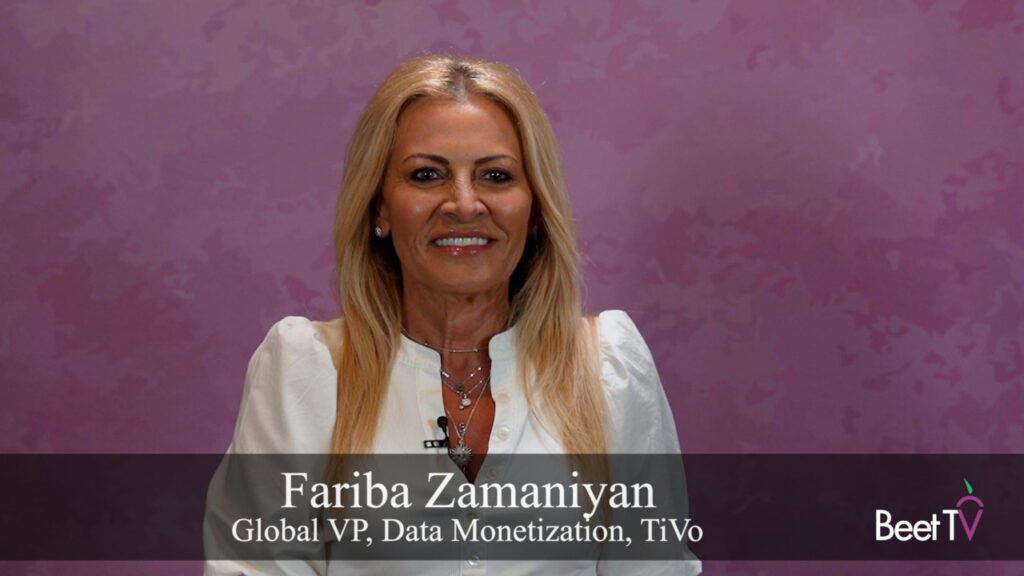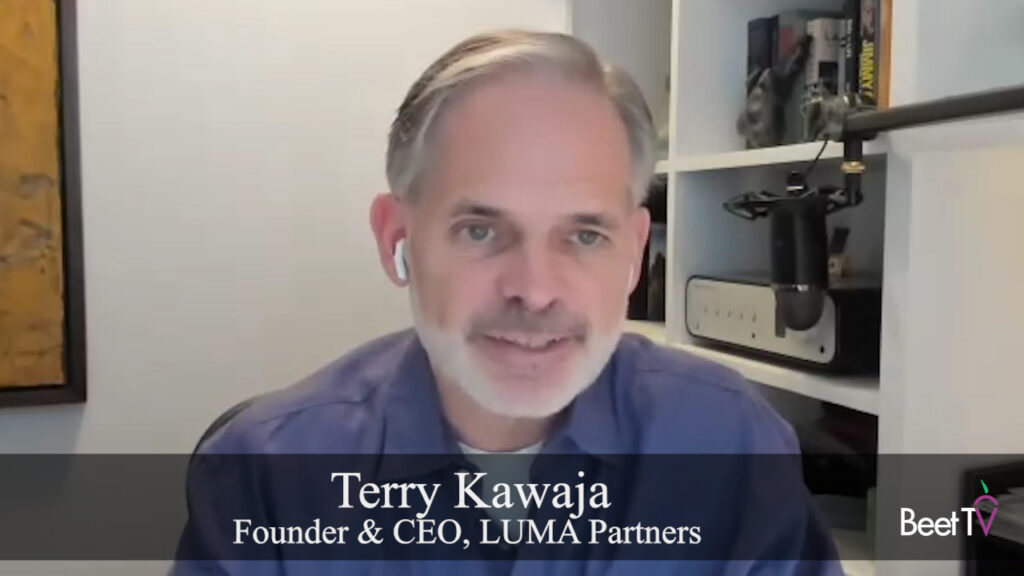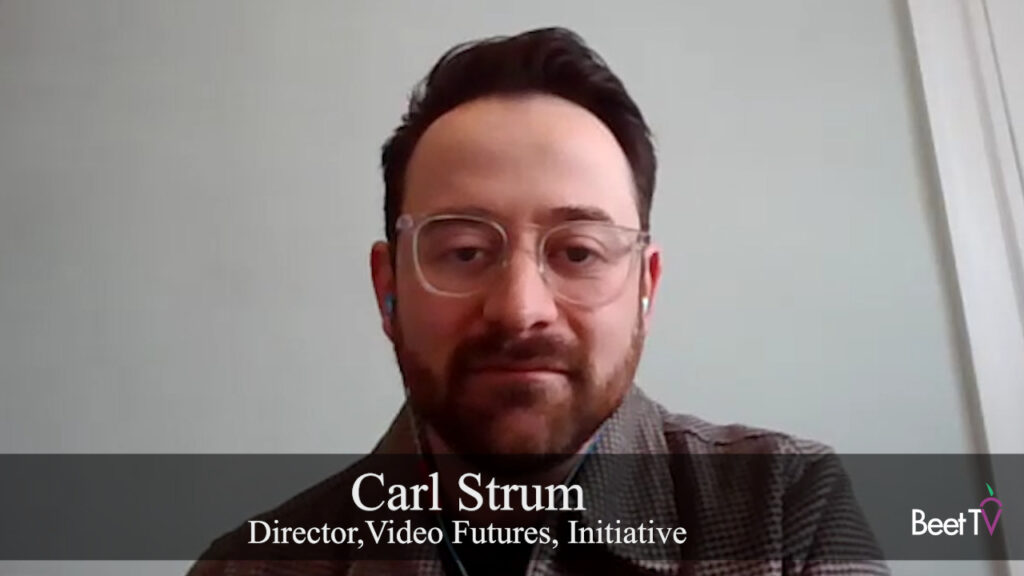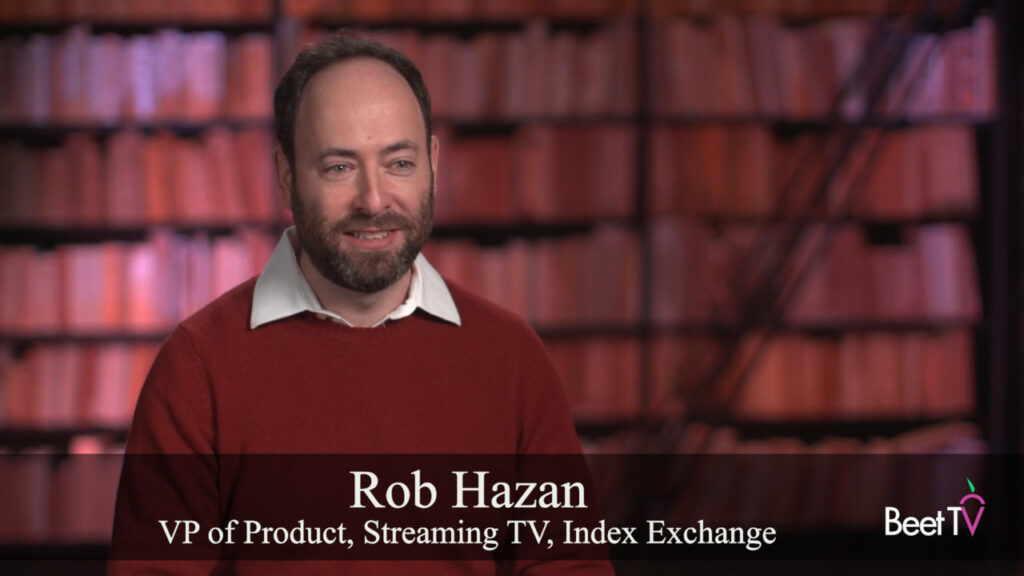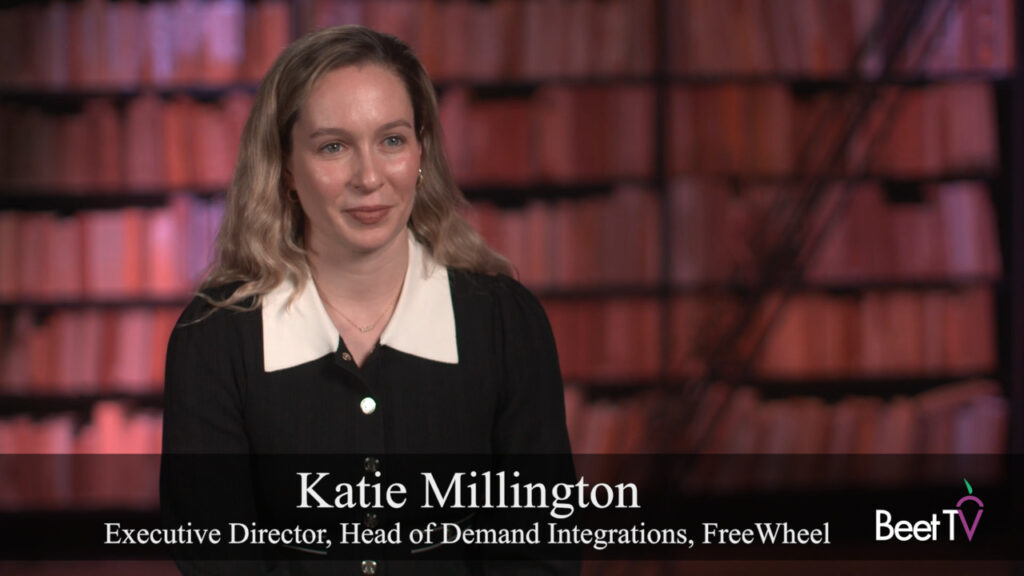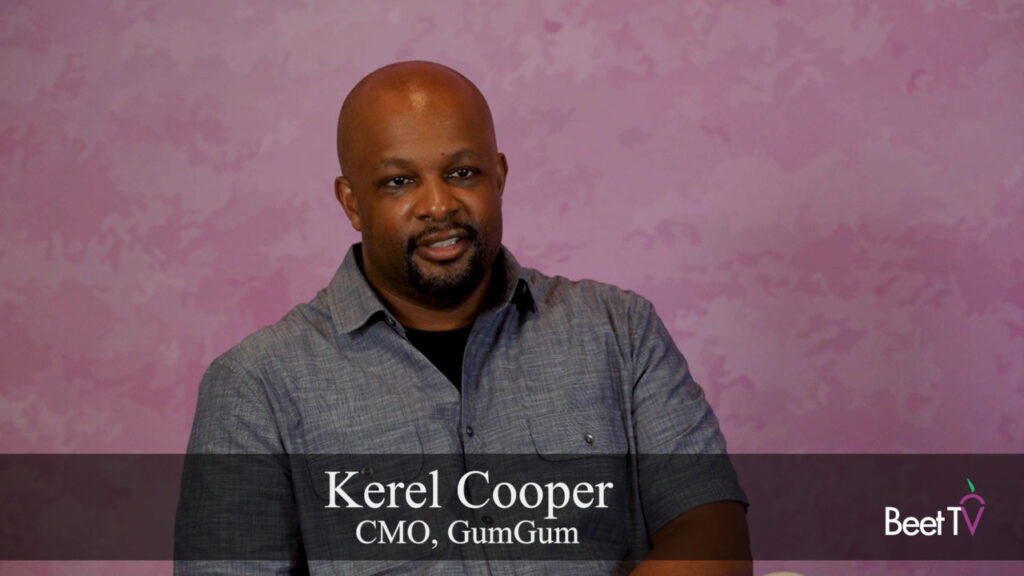At this point, it may seem like “clean room” solutions have gained widespread understanding in the media business.
But the tech, which allows for data collaboration while maintaining consumer privacy, still has a ways to go.
In this video interview with Beet.TV at LUMA Partners’ Digital Media Summit, Noah Fenn, VP, Consulting Partnerships, Habu, explains how he is trying to educate the market.
Educating the industry about clean rooms
Fenn just joined Habu in May 2023 from Google, where he held roles working with consultants and systems integrators.
At Habu, one of the leading clean room vendors, he will have a similar role.
Fenn will be working with consultants and systems integrators to help mutual clients thrive, whether they are publishers, brand marketers, or others.
“Their consultants are out there building large architectures around data transformation, and Habu plays a really critical component within that architecture to help marketers move along a data collaboration maturity curve,” he says.
Looking forward to the @LUMA_partners Digital Media Summit tomorrow. Our Co-founder and CEO @mattkilmartin will be there along with our VP, Consulting Partnerships @noahfenn. Please reach out to connect. We hope to see you there! https://t.co/x2XjmJ8fk6 pic.twitter.com/S3Sb6JYo4n
— Habu (@HabuHub) May 15, 2023
Selling the holy grail
Habu’s efforts come after much interest and much hype around clean room solutions. While the ability to match, join and overlay audience data sets without breaking privacy limits is considered a “holy grail” by some, some question whether the function will ultimately become a narrow point solution in an overall ad-tech stack.
After their impressive early innings, clean rooms may now need to refine their story.
“This is a real big investment and push into this space to really go further upstream in client conversations and client decision-making processes,” Fenn says.
The goal is to make Habu “a critical component of the infrastructure along any data transformation workstream”.
Understand the tech
Clean rooms allow companies to use and share data in a controlled and secure environment, ensuring that sensitive information is protected and that the privacy of consumers is not violated.
They are used for tasks such as audience insights, audience segmentation and activation, and measurement and attribution.
Most companies that are using data clean rooms are investing over $1 million in data clean rooms, according to an IAB survey, making the outlay significant.
Fenn believes it is essential for the industry to understand the technical infrastructure of clean rooms, beyond the buzzword.
“The industry needs to comprehend the technical underpinnings that enable the safe and secure collaboration of data between two or more parties,” he says.













